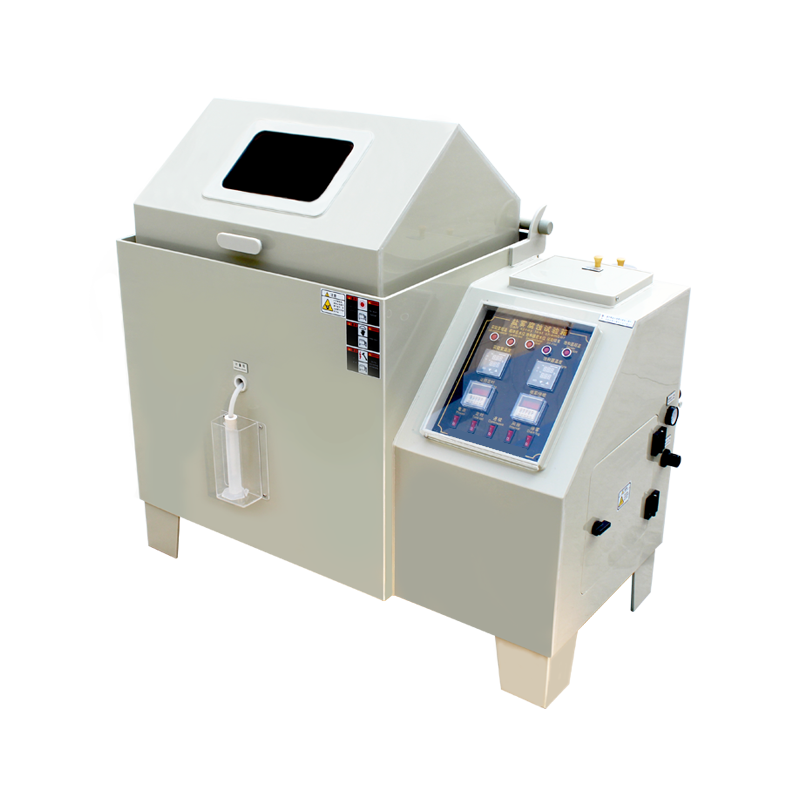As modern industry races ahead, metal corrosion—especially in marine settings—has become a pressing concern. Offshore structures, ships, and coastal installations all depend on accurate predictions of how metals will behave when exposed to seawater. The Neutral Salt Spray (NSS) test is the go-to laboratory method, but does it really capture what happens out at sea? Below, we break down why NSS falls short and what engineers and researchers should do instead.
-
What the Neutral Salt Spray Test Actually Does
NSS is a standardized lab procedure in which a 5 % NaCl solution is atomized inside a sealed chamber kept at 35 °C. Samples sit in that fog for a preset number of hours or days, after which weight loss, pitting, or coating failure is measured.
Pros: fast, repeatable, inexpensive.
Cons: it is only a snapshot of one variable—chloride exposure—under tightly controlled conditions. -
Why the Ocean Is a Tougher Customer
Out in the field, corrosion is driven by a cocktail of simultaneous stresses:
• Temperature swings from –2 °C in polar waters to 30 °C in the tropics, plus daily and seasonal cycles.
• Flowing seawater that continuously replenishes oxygen, erodes surfaces, and creates galvanic cells.
• Biofilms and macro-fouling (barnacles, algae) that block oxygen, trap chlorides, and excrete acids or sulfides.
• Sediment and suspended solids that settle, abrade, or crevice-form.
• Additional ions (sulfate, magnesium, ammonium), dissolved gases (CO₂, H₂S), and pollutants that alter pH and reaction kinetics.
• Mechanical loads (wave slam, vibration) that crack protective layers.

-
Where NSS Misses the Mark
Single-factor approach: NSS delivers only chloride + humidity. It ignores temperature cycles, flow, biology, and chemistry.
Time compression: A 1 000-hour NSS run (~42 days) is considered “long” in the lab, yet real structures corrode over decades. Short tests can miss slow, insidious mechanisms such as microbiologically influenced corrosion (MIC) or coating under-film creep.
No biology: No algae, no barnacles, no sulfate-reducing bacteria—organisms that can accelerate attack by orders of magnitude.
Static conditions: Samples sit motionless; they do not experience wave-induced flexing or particle impingement that can breach coatings.
Fixed chemistry: Only NaCl is present. Real seawater contains Mg²⁺, Ca²⁺, SO₄²⁻, and dissolved organics that change corrosion products and protectiveness. -
A Smarter Path Forward
To close the gap between lab and sea, engineers now combine several tools:
• Long-term marine exposure racks: coupons bolted to piers or buoys for months to years.
• Flow-through seawater loops: laboratory rigs that circulate natural seawater at controlled velocities.
• Biofouling panels: samples deliberately exposed to colonization, then analyzed for MIC.
• On-site electrochemical monitoring: linear polarization resistance (LPR) or electrical impedance spectroscopy (EIS) on working structures to track corrosion in real time.
• Hybrid testing: NSS or cyclic prohesion tests used only as a quick screen, followed by more realistic accelerated procedures such as ISO 20340 cyclic corrosion tests that include UV, wet/dry cycling, and salt.
Bottom line: NSS is a convenient yardstick, but it is not the ocean. Understanding—and ultimately preventing—marine corrosion requires data from the sea itself, augmented by carefully designed accelerated tests that capture the full complexity of the marine environment.












